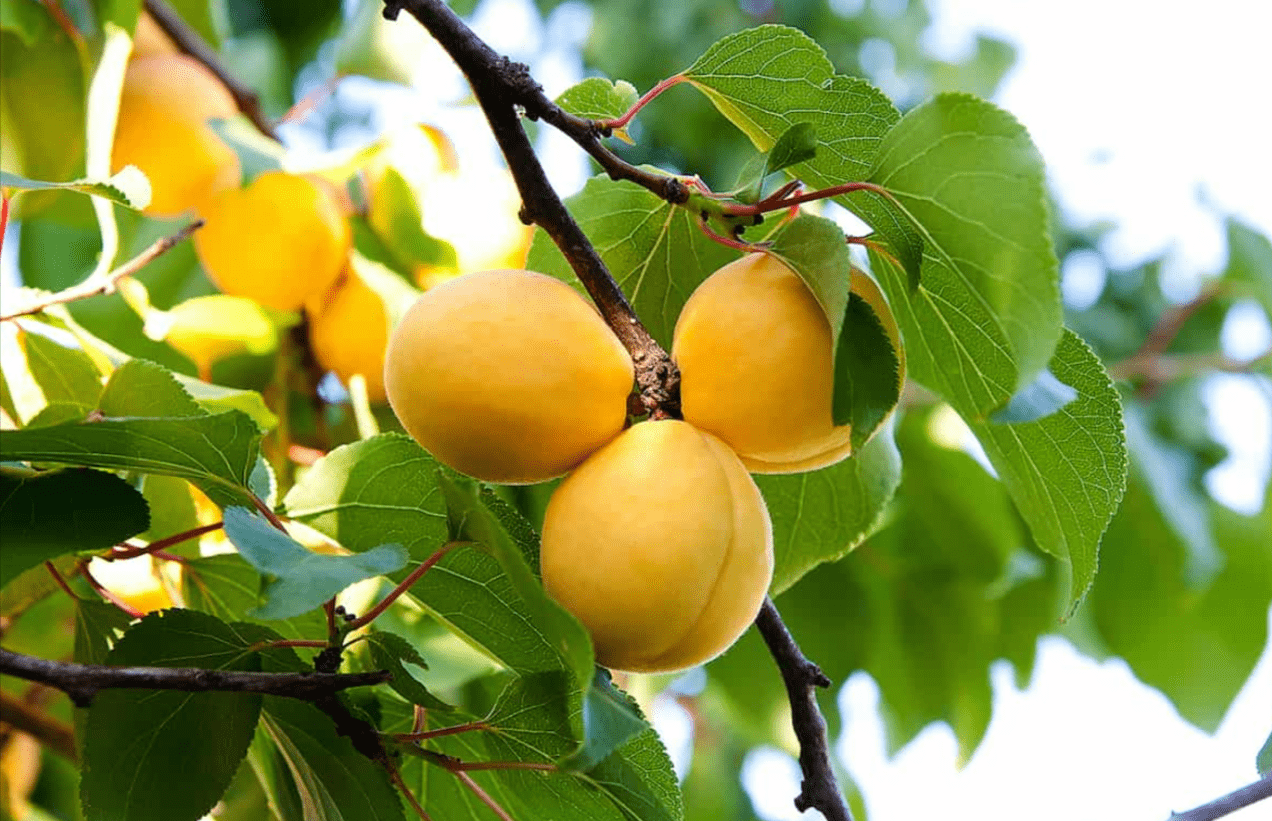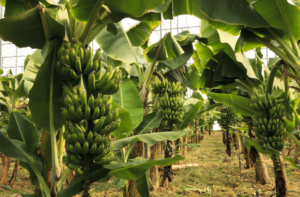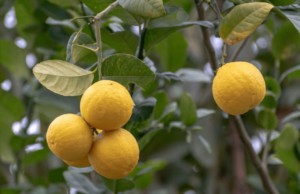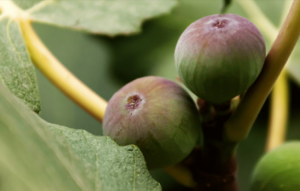How to Plant and Nurture Apricot Trees from Seeds
Growing Apricot Trees: A fresh apricot, bursting with juiciness, is a delightful summer treat, especially when harvested from a tree you’ve grown yourself. If you’re in a region suitable for deciduous fruit trees, consider starting an apricot tree from seed. The rewards are well worth the patience required. In this article, gardening expert Wendy Moulton guides you through the process of growing your own apricot tree from seed!
A branch of an apricot tree, heavy with ripe, golden apricots, basks in sunlight that filters through the leaves, casting gentle shadows on the fruit. In the background, a lush green lawn and additional trees complete the serene scene.
Growing an apricot tree from seed is a straightforward and rewarding endeavor. For those residing in USDA hardiness zones 5 to 8, there’s no reason not to try cultivating this beautiful fruit tree!
Position your seedling in a sunny location, and you’ll soon be on your way to enjoying your own home-grown apricots. Follow these steps to create the ideal environment for a thriving, fruit-bearing apricot tree.
How to Grow from Seed
Step 1: Extract the Pit
A halved apricot reveals its vibrant, juicy flesh, bursting with summer flavor, and the smooth, rounded pit nestled in the center, waiting to be removed. This luscious fruit holds the promise of future apricots.
To extract the apricot kernel, use a nutcracker or pliers with care. Start by removing the pit from a ripe apricot and cleaning off any remaining fruit residue. Next, you’ll need to access the kernel from within its tough outer shell. A nutcracker is ideal for this task—just apply gentle pressure to avoid damaging the kernel. If a nutcracker isn’t available, you can use pliers, a wrench, or a knife to carefully pry the shell open along its seam.
Step 2: Soak
A collection of apricots, some split open and pitted, rests on a weathered wooden table. Light brown, smooth apricot pits sit next to the halved fruits. The table’s rough, stained surface adds a rustic charm.
Apricot seeds need stratification, so soak them in warm water overnight. Prepare several seeds, as not all may successfully germinate.
Step 3: Package the Seeds
A close-up view of apricot seeds shows their varying shapes, sizes, and colors, from light beige to dark brown. Some seeds are smooth, while others have textured surfaces.
To prepare apricot seeds for germination, use a jar with a lid or a plastic bag. Hydrate coconut coir with water, then squeeze out the excess and fill your container halfway. Alternatively, wrap the seeds in a moistened paper towel before placing them in the jar.
Keep the seeds away from food as they contain cyanogenic compounds, which, while moderately toxic, should not be consumed.
Step 4: Cold Stratify
A vibrant green apricot sprout emerges from dark soil, its seed coat still attached. The delicate emerald leaves stretch upwards, hinting at future blooms, with a touch of purple on their slender stems.
Refrigerate the sealed seeds in the substrate at 32-45°F (0-7°C) for 4-6 weeks. After this period, the seeds should be ready for planting. If germination hasn’t occurred, rehydrate the coir and place the seeds in a warmer spot for a few additional weeks.
Step 5: Prepare Your Pots
A hand mixes brown potting soil with white perlite in a bucket. The lightweight perlite contrasts with the rich soil, emphasizing the preparation of the seedling environment.
Plant the germinated seeds in pots filled with nutrient-rich soil. Use pots about 15 inches in diameter and place one germinated seed in each pot, being careful not to damage the delicate root. Cover the seed with half an inch of soil and water thoroughly.
Step 6: Monitor
Keep the seedlings in a warm, shaded area with consistently moist soil. As they grow, repot them into larger containers until they are robust enough to be planted outdoors with ample foliage.
Step 7: Harden Off
Rows of young apricot saplings in black plastic nursery bags bask in the afternoon sun. The slender green trunks and delicate leaves of the saplings are gently illuminated, creating a dappled shadow effect.
Gradually introduce your seedlings to more sunlight each day before transplanting them into the garden. Start with one hour of direct sun daily, then increase to two hours, and so on, until they are fully acclimated. This process, known as hardening off, helps prevent shock from sudden exposure to full sunlight. Keep the seedlings sheltered until they are ready for planting.
Step 8: Pick a Planting Spot
An orchard scene shows rows of apricot trees adorned with vibrant orange leaves and small orange fruits. The ground below is covered with brown soil and dried leaves.
For optimal growth, plant apricot trees in autumn, allowing them to establish roots before winter. Alternatively, you can plant in early spring once the soil has warmed up.
Choose a location that receives at least 6-8 hours of direct sunlight daily to ensure good flowering and fruit production. The soil should be well-draining, preferably sandy, with ample organic material like compost and a slow-release fertilizer mixed into the planting hole.
If necessary, stake the tree during planting to avoid root damage later. Use two stakes on either side of the tree and secure them with an adjustable figure-of-eight tie as the tree grows. Protect the tree from strong winds to prevent flower loss before fruit can develop.
Step 9: Plant
A row of apricot trees is in full bloom, with delicate pink flowers covering the branches and lush green grass beneath. The clear blue sky peeks through the blossoms, creating a picturesque scene.
For optimal growth, select a well-drained spot with sandy soil for planting. Dig a hole that is twice the size and depth of the pot your sapling is in. Separate the topsoil and subsoil into two piles, mixing compost and slow-release fertilizer into both piles. Return the topsoil to the hole first to level it correctly. The tree’s stem should be at the same height it was in the pot when planting.
Carefully remove the sapling from its pot and place it in the hole, backfilling with the soil as you go. Create a basin around the tree to help retain water and water thoroughly.
Step 10: Water and Support
Crystal droplets sparkle on the delicate blooms of apricot trees in spring. A gentle sprinkler system provides refreshing water to the blossoms under a vibrant blue sky.
Stake the tree if needed to prevent root damage and protect it from strong winds. Use two stakes on either side of the tree and secure them with an adjustable figure-of-eight tie.
Apricot trees generally require minimal care, but ensure they are well-watered during their first year to establish roots. Water twice a week initially, reducing frequency as the tree matures. Avoid overwatering to prevent root rot and diseases.
Feed the trees only if they show signs of poor growth. A spring boost can be beneficial if the plant appears unhealthy. Regularly check for pests and diseases, and take prompt action to address any issues.
Step 11: Water and Support
Glittering droplets of water adorn the delicate pink and white blossoms of apricot trees in full bloom. A gentle mist from a hidden sprinkler system nurtures the flowers, promising a fruitful harvest under the clear blue sky.
To ensure the health of your apricot trees, staking may be necessary to prevent root damage and shield them from strong winds. If you plan to stake the tree, do so during planting to avoid disturbing the roots later. Use two stakes positioned on either side of the tree, securing them with an adjustable figure-of-eight tie.
Protect the trees from strong winds to avoid the loss of flowers before they can fruit. Apricot trees generally require minimal care, but proper watering is crucial. Water the tree thoroughly during its first year to establish it, and then rely on rainfall, except during extremely hot periods. Avoid overwatering, as this can lead to root rot and other diseases. Initially, water twice a week for the first two months to help the tree settle in.
Feed your apricot trees only if they show signs of poor growth. Properly planted trees should not require additional feeding. A spring fertilization may help if the tree appears unhealthy. Regularly check for pests and diseases and take swift action to address any issues.
Step 12: Maintain Healthy Growth as Tree Matures
Sunlight glimmers on a hand holding green-handled pruning shears, skillfully trimming a vibrant apricot branch. The delicate leaves shimmer with soft sunlight as new growth is nurtured through careful pruning.
Pruning is essential for apricot trees to ensure adequate sunlight penetrates the canopy, promoting flowering and fruit production. This task, crucial for all deciduous fruit trees, involves trimming to allow light into the tree. Perform annual pruning in late winter.
Begin by removing any damaged, diseased, or crossing branches using sharp pruning shears or loppers. Eliminate suckers from the base of the stem and select three to five of the strongest main branches. Remove up to 25% of the remaining branches to create a V-shape, ensuring light reaches the center of the tree.
In spring, conduct further thinning when the fruit is grape-sized. Remove some branches to give the remaining fruit space to mature, leaving about 6 inches between them. This may seem counterintuitive, but it will result in a sweeter, healthier crop and maintain tree productivity.
Final Words
Apricot trees (Prunus armeniaca) will bloom in spring, displaying fragrant white and pink flowers that turn into sweet fruits when ripe. In optimal conditions, these trees can grow between 10 to 20 feet tall, producing more fruit each year. Expect to harvest your first homegrown apricots in 100 to 120 days after blooming. Enjoy the delicious reward of your efforts!



